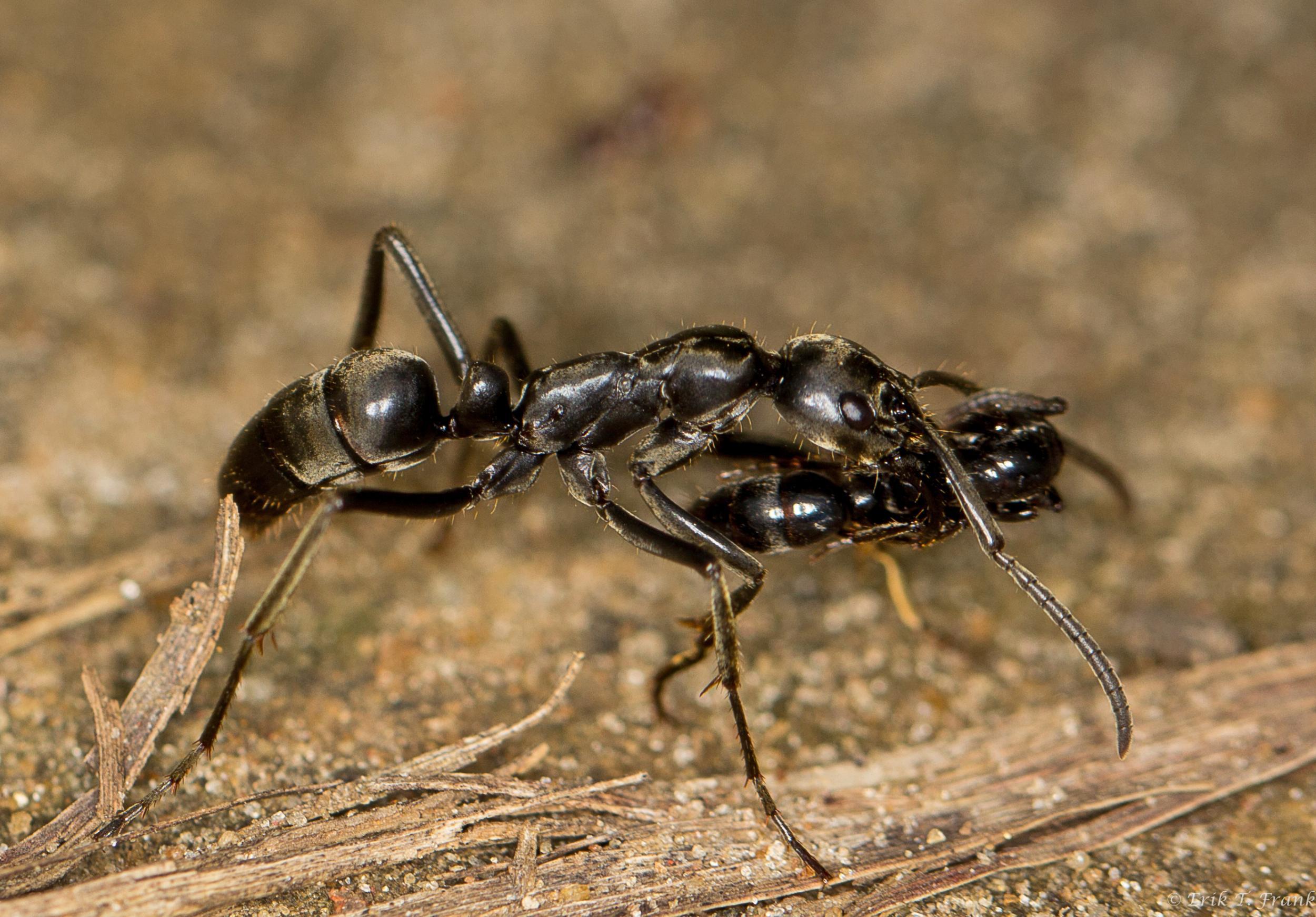Your support helps us to tell the story
From reproductive rights to climate change to Big Tech, The Independent is on the ground when the story is developing. Whether it's investigating the financials of Elon Musk's pro-Trump PAC or producing our latest documentary, 'The A Word', which shines a light on the American women fighting for reproductive rights, we know how important it is to parse out the facts from the messaging.
At such a critical moment in US history, we need reporters on the ground. Your donation allows us to keep sending journalists to speak to both sides of the story.
The Independent is trusted by Americans across the entire political spectrum. And unlike many other quality news outlets, we choose not to lock Americans out of our reporting and analysis with paywalls. We believe quality journalism should be available to everyone, paid for by those who can afford it.
Your support makes all the difference.An ant’s life is supposed to be cheap with the colony, a utilitarian ‘super-organism’, the only thing that matters.
But scientists have discovered that one species of ant will rescue comrades wounded on the battlefield, then take them back to the nest to recover.
Matabele ants are widespread south of the Sahara and feed exclusively on termites.
They set out in raiding parties of up to 500 between two to four times a day, killing worker termites and dragging them back to be eaten.
Larger ants are tasked with breaking up the termite mound while smaller ones grab the confused termites.
Over millions of years, soldier termites have evolved giant jaws to fend off such raids and they are easily capable of cutting off the legs and antennae of their historic foes.
When this happens, the Matabele ant equivalent of screaming “medic!” is to release a pungent, garlic-scented pheromone.
The injured ant then instinctively curls into a foetal position and is carried back to the safety of the nest, where other ants will pull off any termites still clinging on.
Erik Frank, a PhD student at Würzburg University, who worked on the study, said this was the first time this kind of behaviour had been see in invertebrates.
"I was actually very surprised because I always had this picture of ants helping themselves and the individual meant nothing," he said.
"Normally the ants do some sort of suicide acts, so we really weren't expecting the ants to have so much concern for the individual."
Injured ants move slower than healthy ones, and around a third of those who weren’t helped back to the nest died of exhaustion or were picked off by predators.
Typically, around one in five of the ants in a Matabele raiding column have some kind of long-term injury.
The researchers calculated that rescuing each other allowed the colony to be almost a third larger than if injured ants were abandoned.
And this, of course, gives a perfectly utilitarian reason behind the Matabeles’ apparent policy of ‘no ant left behind’.
"When you see the maths," said Mr Frank, "it makes perfect sense."

Join our commenting forum
Join thought-provoking conversations, follow other Independent readers and see their replies
Comments